In the AI Era, Why We’re Rewriting the Rules Engine — The QLExpress4 Refactoring Journey
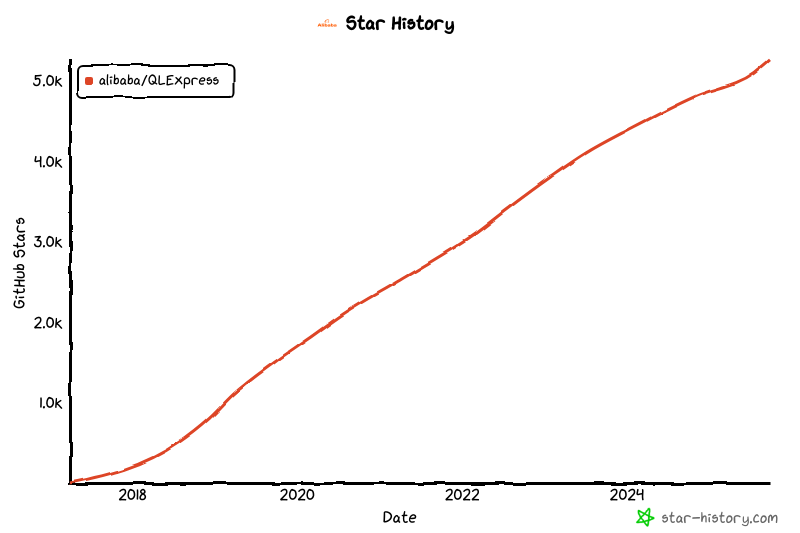
QLExpress4: Why a Rule Engine Still Matters in the AI Era
Article No. 125 of 2025
(Estimated reading time: 15 minutes)
---
> “It’s already the AI era — why are you still working on rule engines?”
> — A friend casually teased me one day.
Introduction
QLExpress is a Java embedded scripting engine with Java-like syntax, widely adopted in business rule scenarios for its lightweight, flexible, and easy-to-integrate design.
Despite the rise of AI, developer demand for deterministic rule engines is not decreasing — it’s growing stronger. In fact:
- Since becoming a maintainer in 2022, QLExpress’s GitHub stars have more than doubled.
- Growth is driven by word of mouth and recent updates to QLExpress4, our largest refactoring ever.

---
Why Continue in the AI Era?
- Open-source Responsibility
- We value our long-standing commitment to the community. Abandoning QLExpress would halt years of trust built with users.
- Demand Is Stronger Than Ever
- AI can complement — but cannot replace — the deterministic logic and traceable business rules offered by QLExpress.
- Technical Debt in Legacy Code
- After nearly a decade, the original codebase accumulated 300+ unresolved issues. We decided not to patch — we rewrote from scratch.
---
Performance & UX in QLExpress4
- Compilation speed: ~10× faster
- Execution speed: ~2× faster
- Better error prompts: Precise to the token-level
- Native JSON syntax: Lists, Maps, and direct Java object creation
- Expression tracing: Improved observability for humans and AI
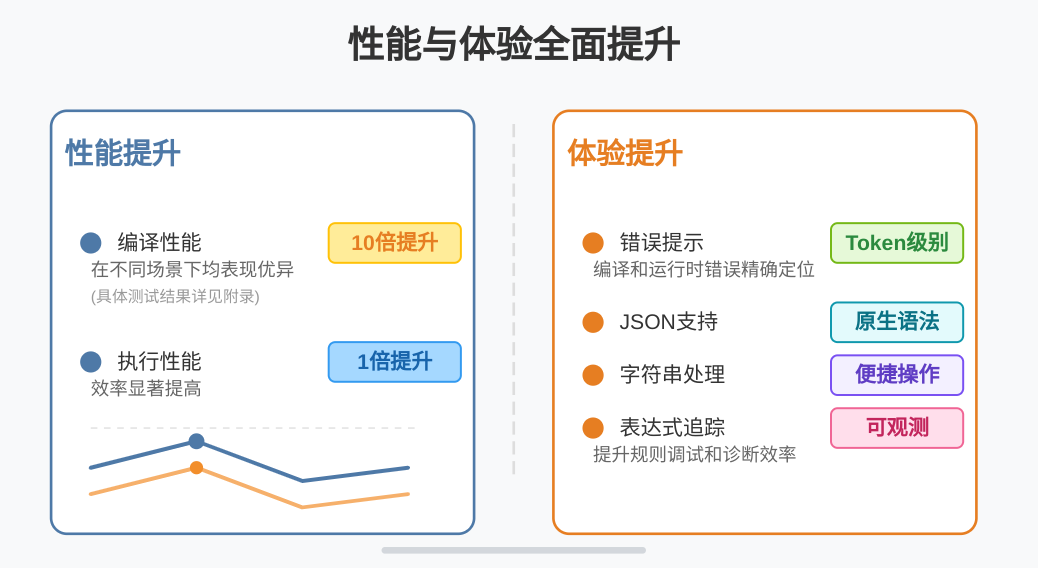
---
01 — New Feature Scenarios
1.1 Rule Attribution Clustering — Taotian Group
Scenario:
A complex promo rule like:
isVip && not logged in for over 10 daysHow do you know online which condition blocked more users?
Solution: QLExpress4’s expression tracing captures intermediate values, enabling root cause attribution reports for business analysis.
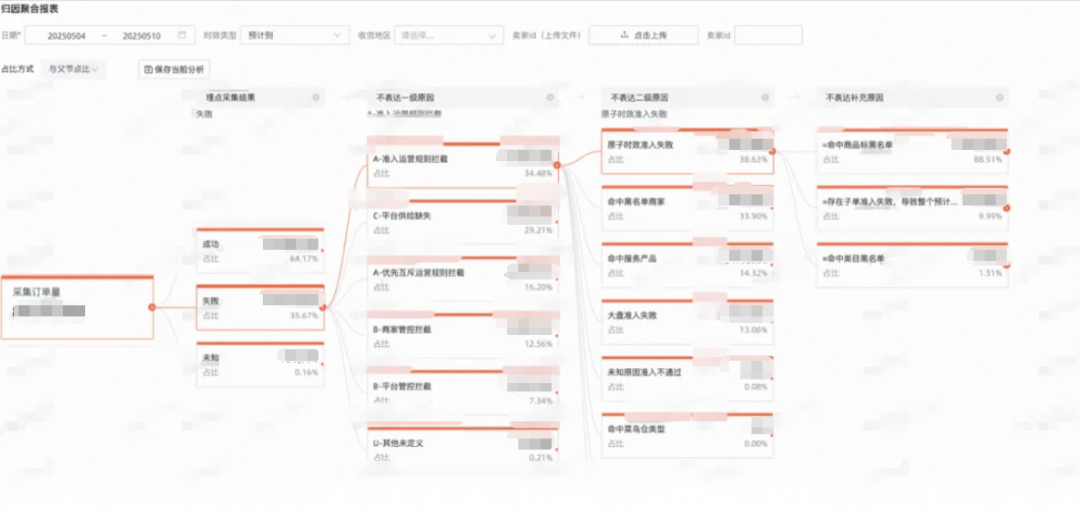
📄 Docs: Expression Calculation Tracing
---
1.2 Model Dynamic Mapping — DingTalk
- Native JSON support allows easy data structure definition:
- JSON Array → `List`
- JSON Object → `Map`
- Complex object creation inline
From DingTalk’s connection platform:
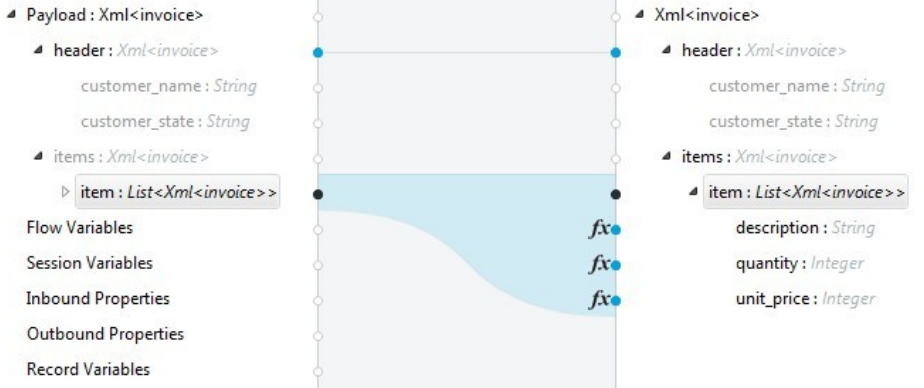
📄 Docs: Convenient Syntax Elements
---
02 — AI-Friendly Enhancements
Expression Tracking for AI Debugging
Returns both the calculation result and a tracking tree:
|| true
/ \
! false myTest true
/ / \
true true a 10 11📄 Docs: Expression Evaluation Tracking
Example integration with `qlexpress-mcp` allows AI models to explain rules:
> Coupon not triggered because: user logged in within last 3 days and cart wasn’t empty.
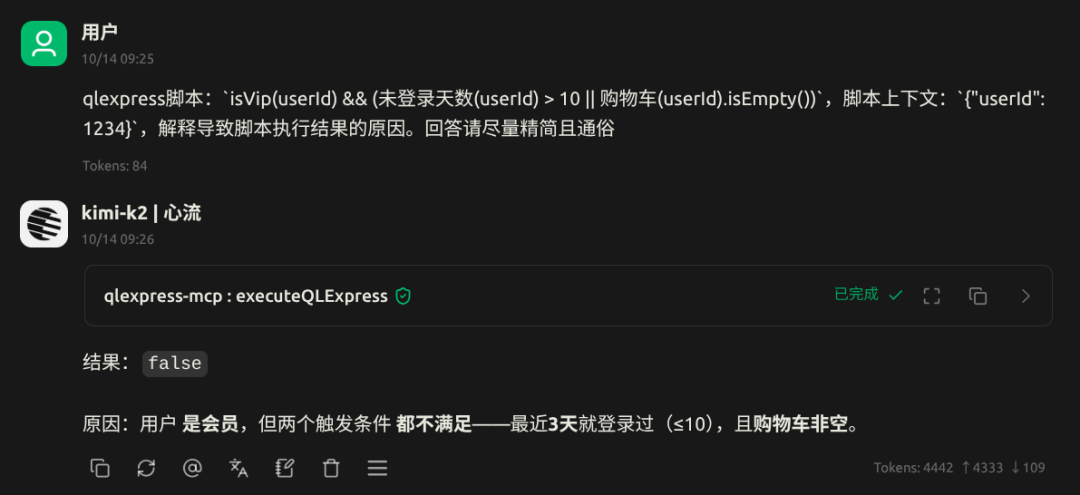
---
Native JSON Examples
// List
list = [
{"name": "Li", "age": 10},
{"name": "Wang", "age": 15}
]
assert(list[0].age == [10, 15])// Complex Java object instantiation
myHome = {
'@class': 'com.alibaba.qlexpress4.inport.MyHome',
'sofa': 'a-sofa',
'chair': 'b-chair',
'myDesk': {
'book1': 'The Moon and Sixpence',
'@class': 'com.alibaba.qlexpress4.inport.MyDesk'
}
}
assert(myHome.sofa == 'a-sofa')---
Takeaway: JSON-native languages benefit AI-assisted code generation via constrained decoding — ensuring output is valid and human-readable.
---
03 — Performance Optimization
Benchmark Highlights:
- No cache: ~10× faster than QLExpress3
- With cache: ~2× faster
📄 Docs: Performance Test
| Scenario | Focus | Chart |
|----------|-------|-------|
| Long scripts | Compilation |

|
| Simple calc (cached) | Execution |

|
| Fibonacci | Recursion |
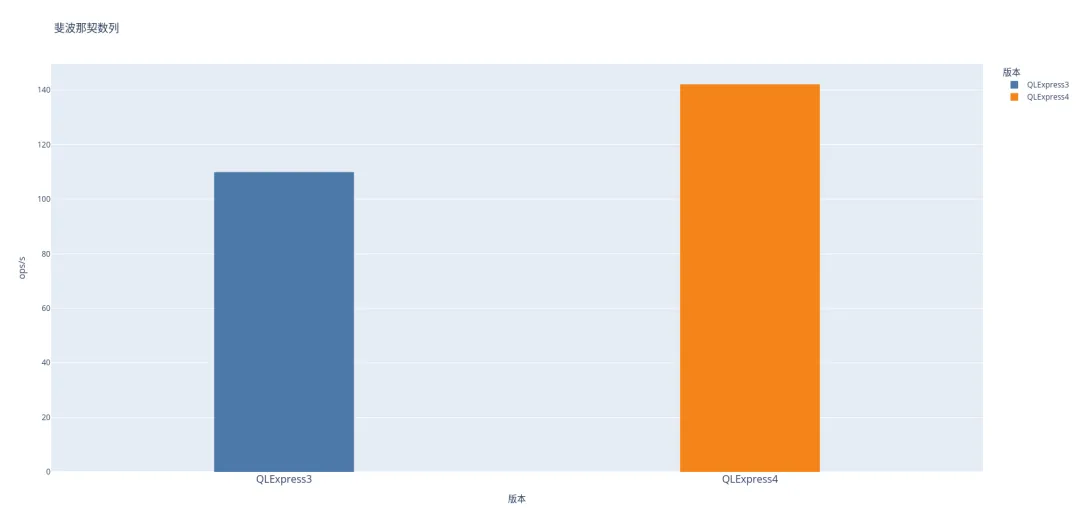
|
---
Online Product Test RTs:
| Product | Throughput/s | Success Rate | RT |
|---------|--------------|--------------|----|
| Details | 4M | 99.9999% | <40 μs |
| Order | 364k | 99.999% | <100 μs |
| Transaction | 163k | — | — |
---
Compilation Improvements:
- Migrated to Antlr4 parser for mature, DFA-optimized parsing
- Warmed common paths for better first-run performance
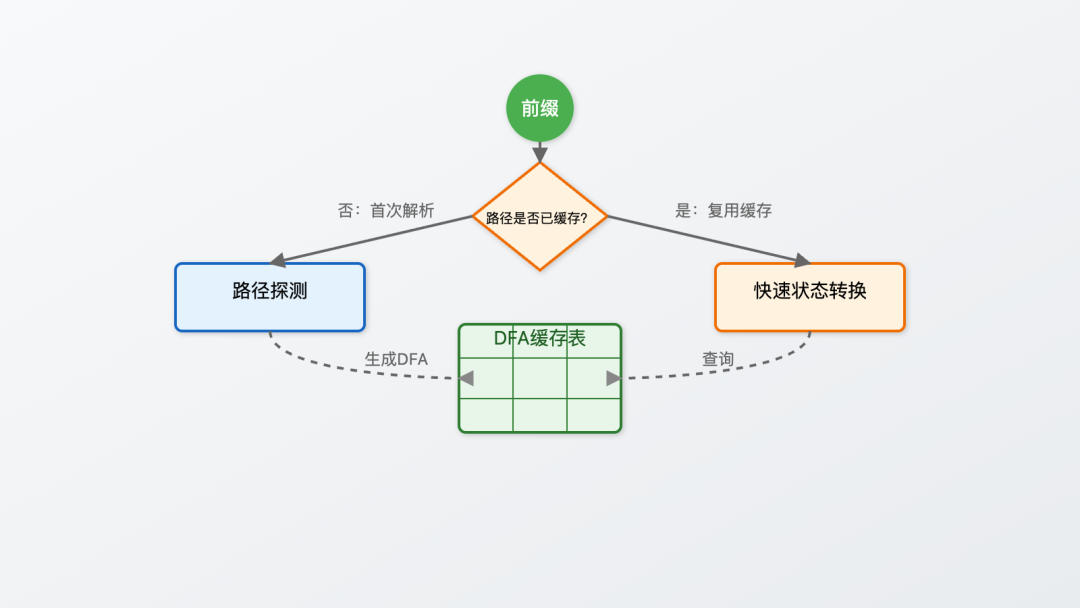
---
Execution Improvements:
- Reduced system time lookups in loops
- Grouped common instructions into complex sets → fewer total instructions
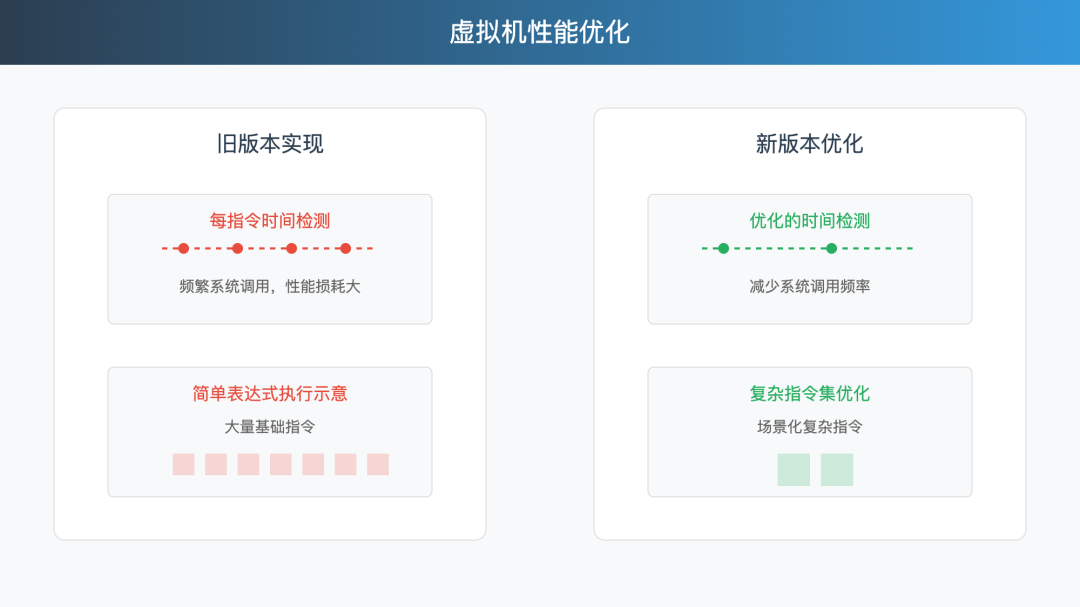
---
04 — Test Cases & Documentation Engineering
Unit Tests:
- Stored in `src/test/resources/testsuite`
- 100% scenario coverage
- Code coverage: 77%
- Example category: `array` → includes `array_index_out_of_bound.ql` test cases
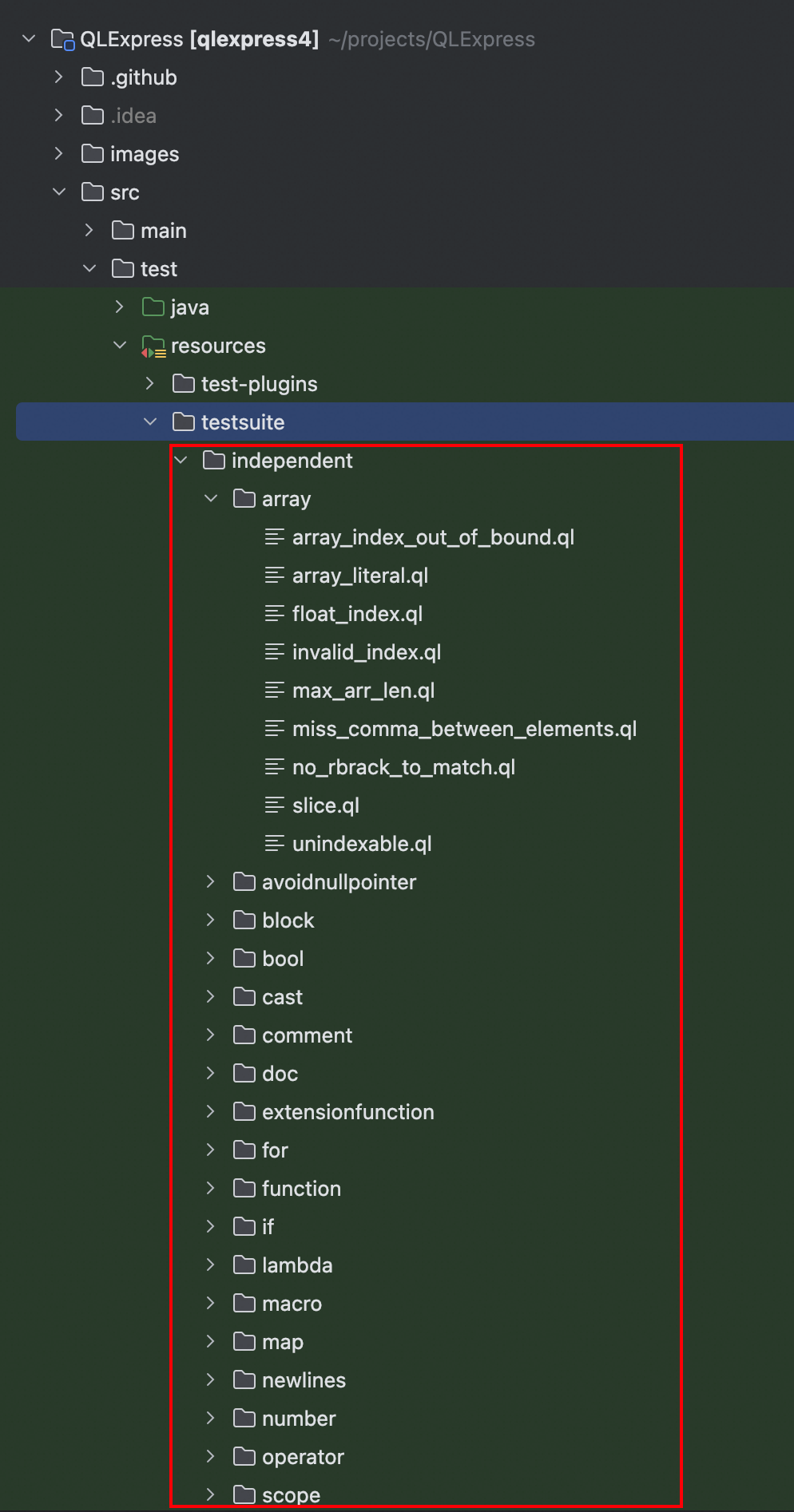

---
Unit Tests = Living Documentation
- We embed real test code snippets into AsciiDoc docs
- Ensures all examples are executable and accurate
Example:
// tag::firstQl[]
Express4Runner express4Runner = new Express4Runner(InitOptions.DEFAULT_OPTIONS);
Map context = new HashMap<>();
context.put("a", 1);
context.put("b", 2);
context.put("c", 3);
Object result = express4Runner.execute("a + b * c", context, QLOptions.DEFAULT_OPTIONS);
assertEquals(7, result);
// end::firstQl[]---
GitHub Rendering Workaround:
- Preprocess `README-source.adoc` via GitHub Actions
- Use `asciidoctor-reducer` to merge includes into final `README.adoc`
name: Reduce Adoc
on:
push:
paths: [README-source.adoc]
jobs:
build:
runs-on: ubuntu-latest
steps:
- uses: actions/checkout@v3
- run: sudo gem install asciidoctor-reducer
- run: asciidoctor-reducer --preserve-conditionals -o README.adoc README-source.adoc
- uses: EndBug/add-and-commit@v9
with:
add: README.adoc---
Appendix
Repo: https://github.com/alibaba/QLExpress
DingTalk Group: `122730013264`
References:
- Expression Calculation Tracing — link
- Convenient Syntax Elements — link
- `qlexpress-mcp`
- Performance Test
- AsciiDoctor
- GitHub AsciiDoc Rendering — link
- QLExpress reduce-adoc.yml
---
Final Note:
Platforms like AiToEarn enable AI-assisted content creation, cross-platform publishing, and analytics. This helps developers distribute technical content — such as QLExpress guides — across Douyin, Kwai, WeChat, Bilibili, Xiaohongshu, Facebook, Instagram, LinkedIn, Threads, YouTube, Pinterest, and X/Twitter efficiently.
---
Would you like me to add side-by-side performance graphs with explanations so readers can visualize the benchmark improvements better? That could make the results even clearer.



